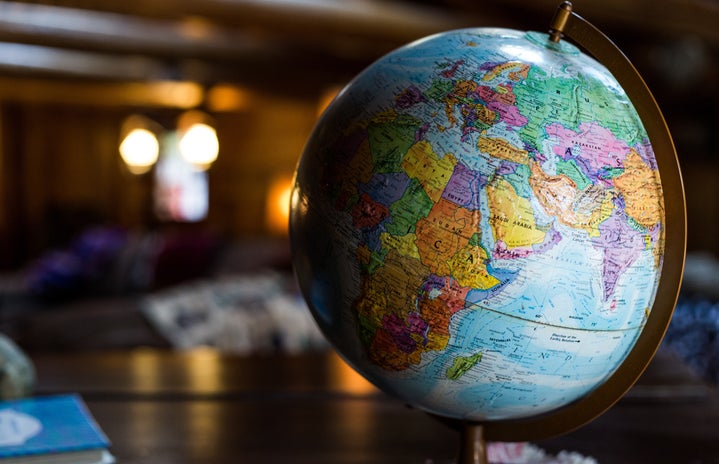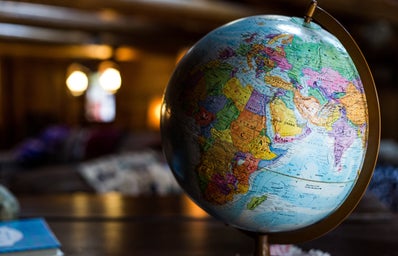Last January, the Midwest witnessed record-breaking frigid temperatures. Newscasters and media outlets called it a ‘polar vortex,’ leading many to believe this was some sort of freak winter hurricane hovering over Iowa and surrounding states. Yet this was confusing, since regions around the world, including the Midwest, have actually experienced warmer than normal winters over the past decade. Globally, the past four years have been the warmest ever recorded, and although cold snaps are increasing in intensity, they are decreasing in frequency. So, what really is the polar vortex, and how does climate change cause warmer winters with more intense cold spells?
First, let’s understand the science behind the polar vortex. The polar vortex isn’t just a single-instance event. In fact, it is constantly occurring and impacts winter temperatures. Basically, the polar vortex is a cluster of winds created by low pressures and cold temperatures that hover above the North and South poles. In its stable form, the vortex remains centered above the poles (hence, the name polar vortex); winters destabilize the vortex and affect the jet stream. The jet stream becomes wavy, pulling cold Arctic air south and warm equatorial air north. This winter pressure change has actually been studied since the 19th Century and is nothing unusual for a typical winter.
With that understanding of the polar vortex, there is still the unanswered question of why last year’s winter was unusually cold. Wind chill in the negative sixty degrees Fahrenheit is not exactly typical of the average Iowan winter. Last winter, the polar vortex actually destabilized so much that it split, and part of it hovered above Canada and the Midwestern United States. What caused this forceful destabilization? A rapid 50-degree Fahrenheit increase in parts of the stratosphere over the Arctic, spanning only a few days. Midwesterners witnessed the results firsthand: record-breaking, sub-zero temperatures so dangerous they could cause frostbite in a matter of minutes.
The splitting of the polar vortex is not a normal occurrence, but scientists are seeing increased frequency in this event as they see a rise in global temperatures. Remember how the polar vortex destabilizes in the winter, causing a wavy jet stream? As global temperatures rise, the Arctic temperatures rise twofold, a process known as Arctic amplification. Increased Arctic temperatures actually make this destabilization more forceful, causing the polar vortex to break up into pieces and bring about frigid cold spells to some parts of the world.
So, what can we expect this year? Are we in for another set of negative double-digit temperatures? The answer to this is a bit more complicated than simply yes or no. The sudden increase in Arctic temperatures that resulted in last year’s cold snap happened with little warning. However, scientists do know that these cold snaps are highly likely to happen again, especially with increasing global temperatures. Arctic stratospheric temperatures are unusually warm this year, leading many researchers to believe that the Midwest may experience an even colder January than last year as the polar vortex shows greater patterns of destabilization.
Here’s what you absolutely need to know, a grand takeaway from this article: Earth is getting warm, the Arctic is getting warmer, and this January may be the coldest on record. So bundle up and prepare yourselves for another confusing winter of warmer temperatures followed by frigid cold snaps.
Sources: https://www.noaa.gov/multimedia/infographic/science-behind-polar-vortex, https://www.forbes.com/sites/marshallshepherd/2019/01/23/4-weather-concepts-that-confuse-people-did-polar-vortex-make-the-list/#4e6fadea5388, https://www.forbes.com/sites/ericmack/2019/01/29/polar-vortex-2019-brings-very-dangerous-and-life-threatening-cold-to-millions/#264126a283e7, https://www.nytimes.com/interactive/2019/01/30/science/polar-vortex-extreme-cold.html, https://www.climatesignals.org/events/polar-vortex-split-and-eastern-us-arctic-invasion-january-2019, https://www.severe-weather.eu/global-weather/polar-vortex-update-warming-collapse-winter-fa/



